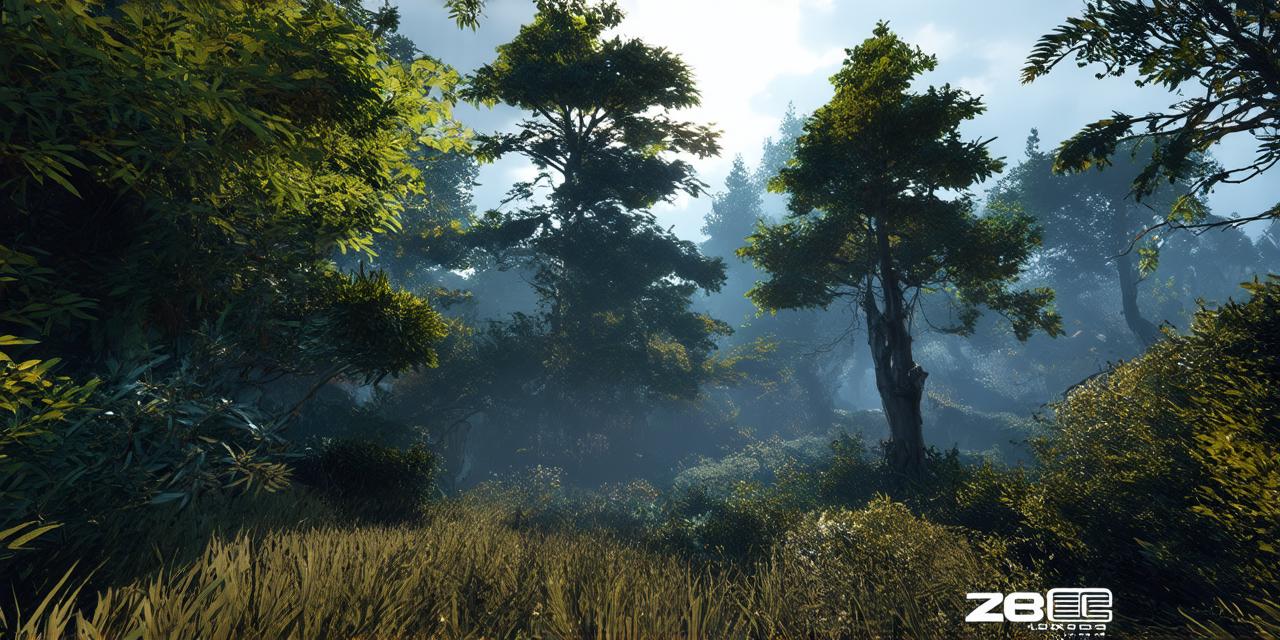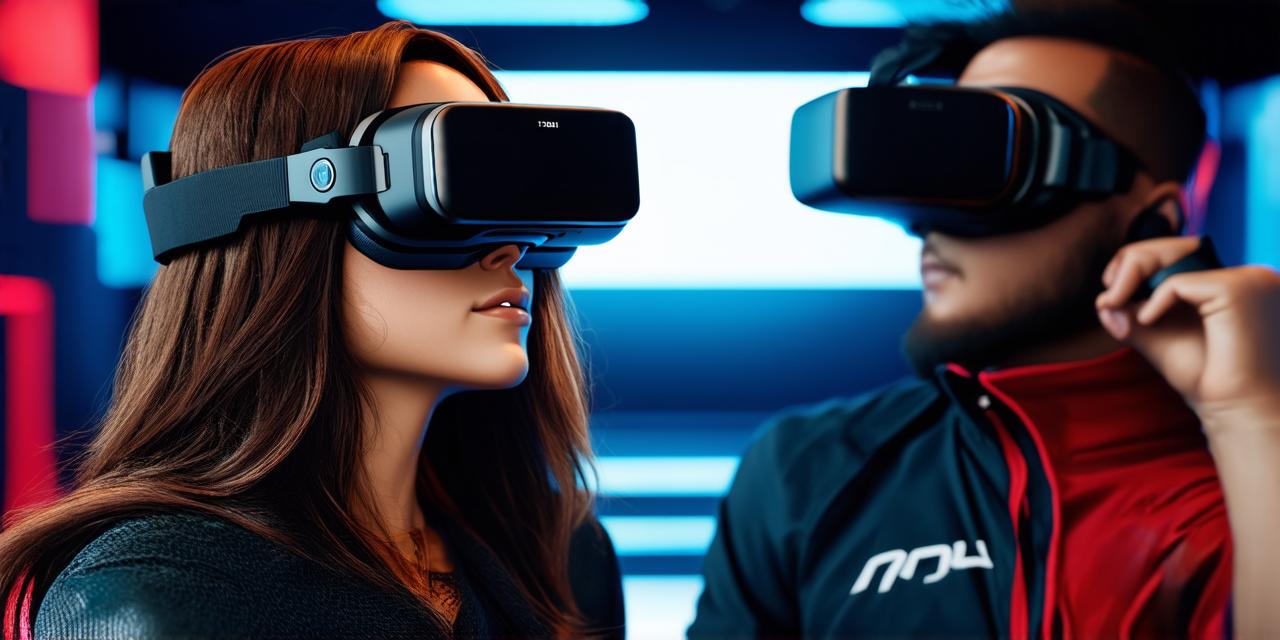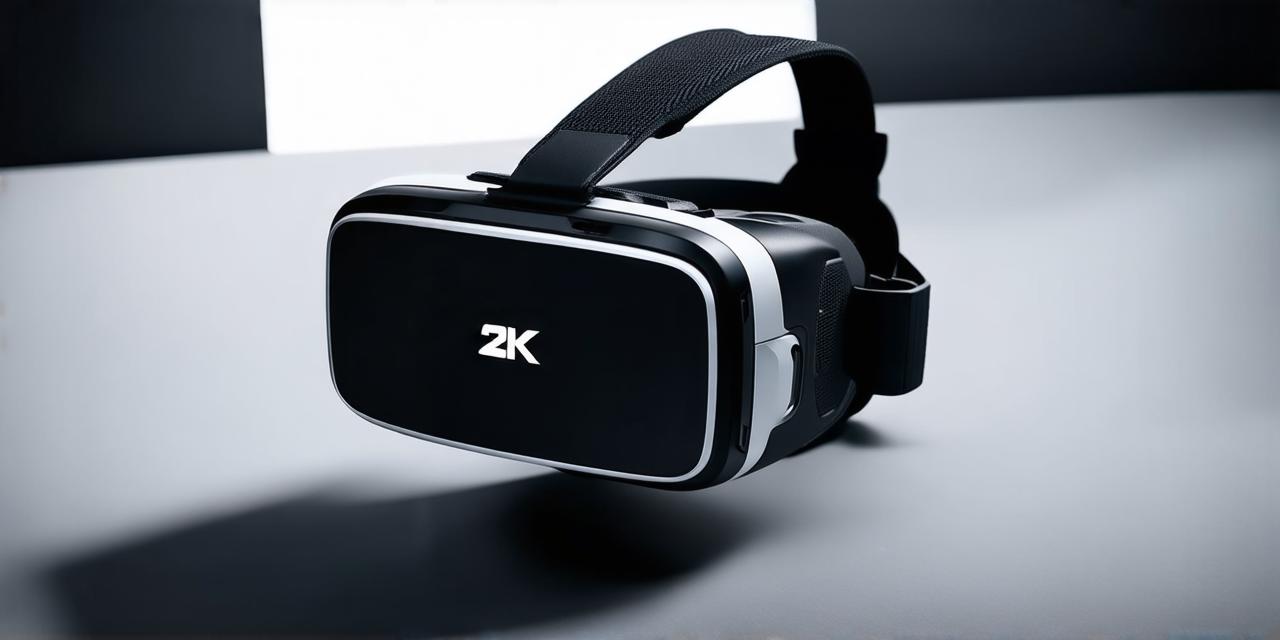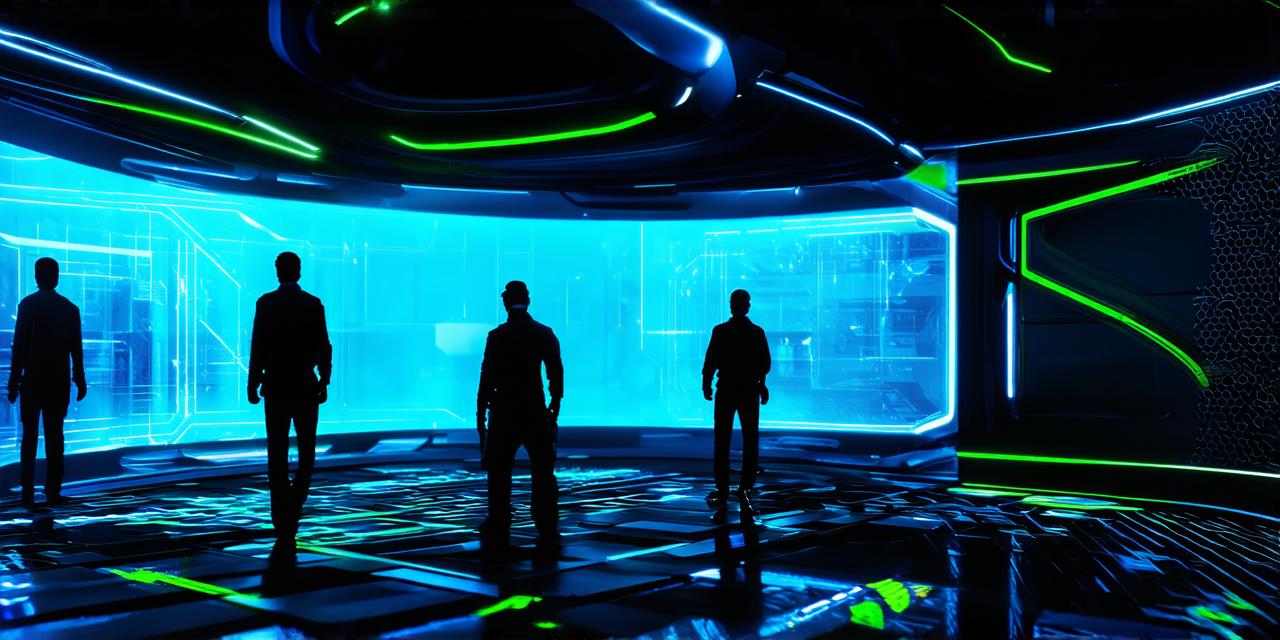Virtual reality (VR) is an exciting and rapidly evolving technology that offers endless possibilities for creating immersive experiences. However, designing and developing a VR environment can be a complex process that requires expertise in various fields such as 3D modeling, programming, and user experience design. In this guide, we will walk you through the steps of creating a VR environment from start to finish, with a focus on optimizing the process for AR developers.
Step 1: Define Your Objectives and Audience
Before diving into the technical aspects of creating a VR environment, it’s essential to define your objectives and target audience. What do you hope to achieve with your VR experience? Who will be using it, and what are their needs and preferences? Answering these questions will help you create a VR environment that is engaging, intuitive, and effective in achieving your goals.
Step 2: Choose the Right VR Platform and Tools
Once you have defined your objectives and audience, it’s time to choose the right VR platform and tools for your project. There are several VR platforms available, including Unity, Unreal Engine, and A-Frame, each with its strengths and weaknesses. For AR developers, we recommend using A-Frame, a popular open-source web framework that allows you to create cross-platform VR experiences in the browser.
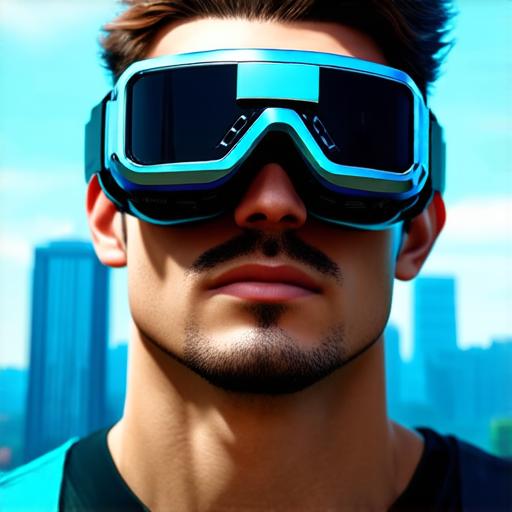
Step 3: Design the User Experience
Once you have chosen your platform and tools, it’s time to design the user experience (UX) of your VR environment. This involves creating a wireframe or prototype of your environment, which will help you visualize the layout, flow, and interaction points. The UX should be intuitive and easy to navigate, with clear calls-to-action and minimal distractions.
Step 4: Build the Environment
Once you have designed the UX, it’s time to start building your VR environment. This involves creating 3D models of your environment, applying textures and materials, and programming interactive elements. A-Frame provides a range of tools and resources for building VR environments, including prefabricated assets, plugins, and sample code.
Step 5: Test and Iterate
Once you have built your VR environment, it’s essential to test it thoroughly and iterate based on user feedback. This involves running usability tests with real users, analyzing performance metrics, and making adjustments to improve the overall experience.
Case Studies and Examples
To illustrate the process of creating a VR environment, let’s look at some examples from real-world projects.
1. Ikea Place
IKEA Place is an AR app that allows users to visualize how furniture and accessories would look in their home before making a purchase. The app uses augmented reality to overlay 3D models of products onto the user’s environment, allowing them to interact with and customize the layout. IKEA Place was developed using A-Frame, and is available on both iOS and Android devices.
2. Google Earth VR
Google Earth VR is a VR app that allows users to explore the world in 360 degrees. The app uses real-world satellite imagery to create an immersive and interactive experience, with features like voice commands, hand tracking, and customizable views. Google Earth VR was developed using Unity, and is available on Oculus Rift and HTC Vive.
FAQs
To answer the FAQs section, you can use the following HTML code:
Q: What software do I need to create a VR environment?
A: You will need a VR platform like A-Frame, as well as 3D modeling and animation software like Blender or Tilt Brush.
Q: How long does it take to build a VR environment?
A: The time required to build a VR environment depends on the complexity of the project and the size of your team. It can take anywhere from a few weeks to several months to complete a VR project.
Q: What are some common challenges when creating a VR environment?
A: Common challenges include optimizing performance, designing an intuitive UX, and ensuring compatibility with different devices and platforms.
Summary
Creating a virtual reality environment can be a complex and rewarding process that offers endless possibilities for immersive experiences. By following the steps outlined in this guide and using the right tools and techniques, AR developers can create engaging and effective VR environments that resonate with their target audience. With practice and experimentation, the sky’s the limit when it comes to creating innovative and exciting VR experiences.
